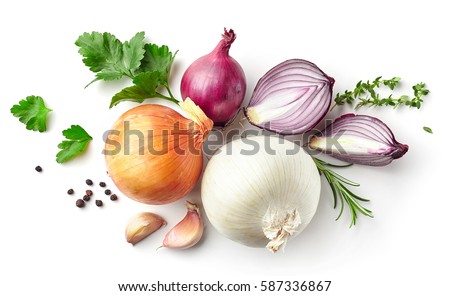Even though you have your annuals and perennials, most Onions are biennials. Onions begin to form bulbs based on day length. If you plant the seeds close together, you can be harvesting and eating scallions for salads or even crunchy snacking within eight to 10 weeks. If your goal is to grow your onions as large as possible, they should be planted 2 to 3 inches apart. Pulling every other one works well; you get scallions sooner and larger onions later. It's also important to note that onions are biennials.
Here's a brief tutorial based on The Spruce, breaking down the differences in the way plants behave season to season:
Annuals require annual planting, as they complete their entire life cycle in a single year, going from seed to plant to flower and back to seed, then dying off.
Perennials go from seed to seed in one season but don't die at the end; however, sometimes colder climates make them behave like annuals and they die. Just as often, some annuals like tomatoes and snapdragons "volunteer" to pop up the following year.
Biennials are deemed short-lived perennials, typically taking two growing seasons to complete their life cycle. In the first growing season, plants produce only foliage. In the second, they produce flowers and set seed, often early in the season.
Rodale's Organic Life notes other interesting tidbits:
You can cut the tops of chives in season to encourage production, and dig up portion of the roots to keep indoors for winter harvest. You can also chop and freeze them, and they're almost as good as fresh.
Keep your garden cleared of weeds and mulch (or even lengths of folded aluminum foil) around plants to discourage pests like thrips, aphids, carrot flies and Japanese beetles.
When purchasing onion varieties, whether they're sets or seeds, read the label to determine whether you're buying sweet or hot, as well as the daylight requirements.
Article Source: mercola.com
Here's a brief tutorial based on The Spruce, breaking down the differences in the way plants behave season to season:
Annuals require annual planting, as they complete their entire life cycle in a single year, going from seed to plant to flower and back to seed, then dying off.
Perennials go from seed to seed in one season but don't die at the end; however, sometimes colder climates make them behave like annuals and they die. Just as often, some annuals like tomatoes and snapdragons "volunteer" to pop up the following year.
Biennials are deemed short-lived perennials, typically taking two growing seasons to complete their life cycle. In the first growing season, plants produce only foliage. In the second, they produce flowers and set seed, often early in the season.
Rodale's Organic Life notes other interesting tidbits:
You can cut the tops of chives in season to encourage production, and dig up portion of the roots to keep indoors for winter harvest. You can also chop and freeze them, and they're almost as good as fresh.
Keep your garden cleared of weeds and mulch (or even lengths of folded aluminum foil) around plants to discourage pests like thrips, aphids, carrot flies and Japanese beetles.
When purchasing onion varieties, whether they're sets or seeds, read the label to determine whether you're buying sweet or hot, as well as the daylight requirements.
Article Source: mercola.com


